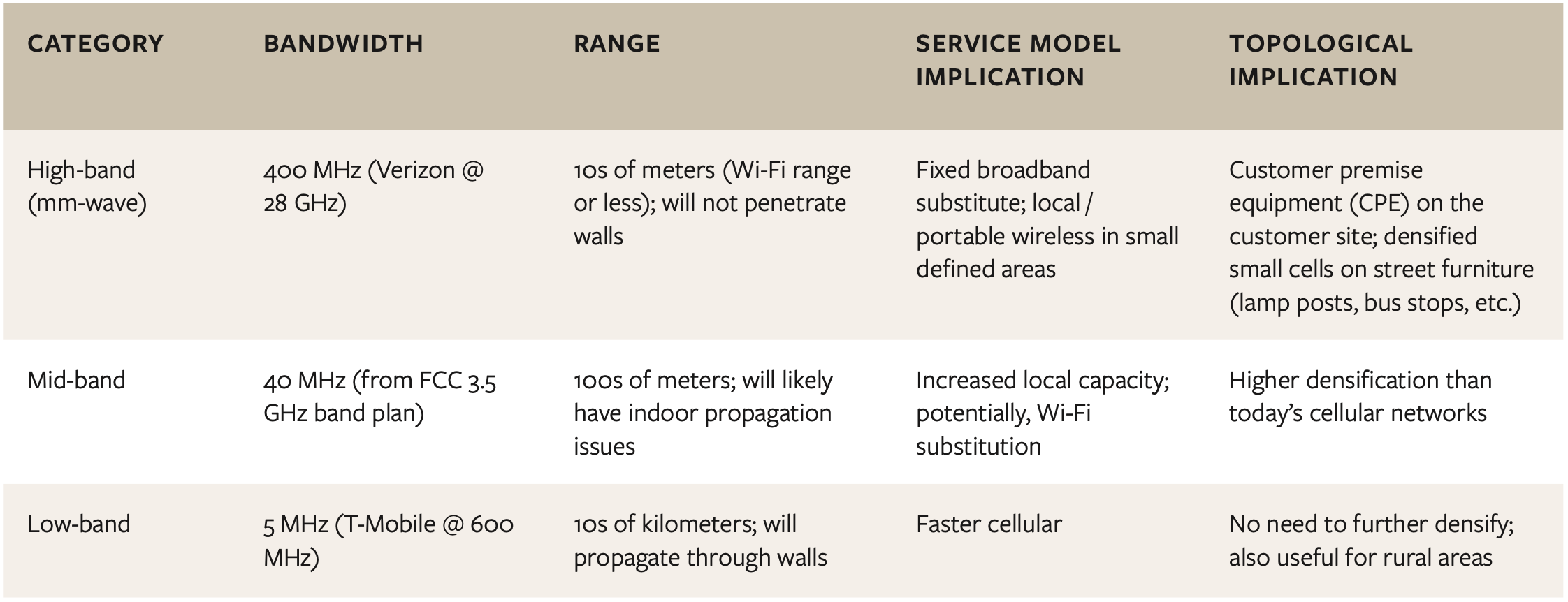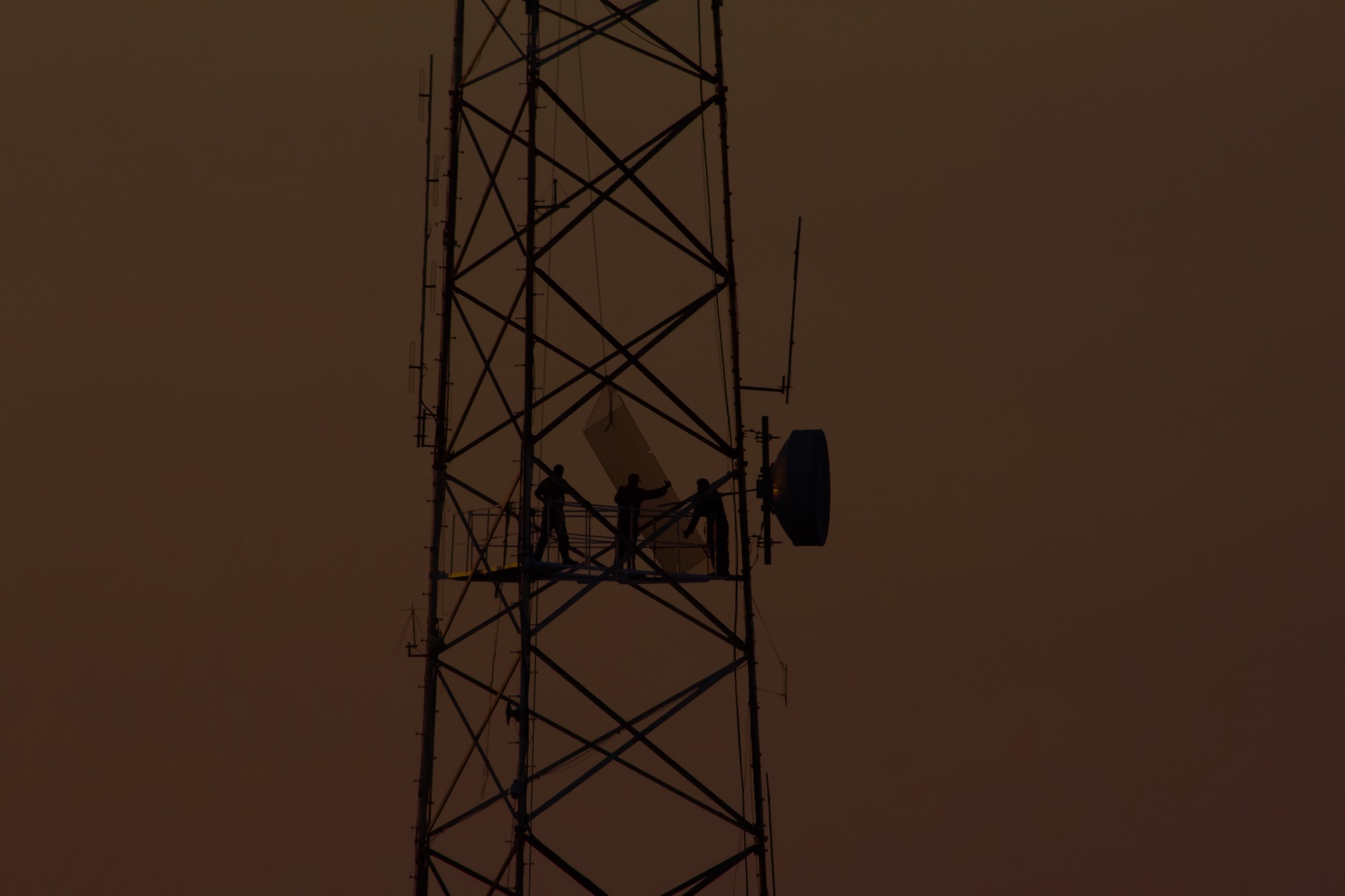In this episode, I speak with Jon Metzler, a lecturer at University of California, Berkeley Haas, who recently published a paper titled: Security Implications of 5G Networks. We discussed the next evolution of wireless technology, 5G.
5G is not only faster, but also cheaper per unit data, and comprises not just a single approach, but multiple approaches. You can deploy 5G with various frequencies:
- Low band spectrum, between 600 – 700 MHz, where one tower can cover hundreds of miles.
- Mid-band spectrum, between 2.5 – 3.5 GHz, where one tower can cover several miles.
- High-band spectrum (mm-wave), between 24 – 39 GHz, where one tower covers only one mile or so.

All these approaches have their pros and cons. Low-band offers the least speed increase, but will allow carriers to deploy their 5G network the fastest, as you get the most coverage per antenna. In contrast, High-band gives you the most speed increase over 4G, but is hampered by limited range. Signals at High-band have the lowest coverage area and do not penetrate walls well. This means to achieve good coverage, especially in dense urban areas, more antennas will need to be deployed. As a result, roll out of 5G High-band will be slower and will require a lot more capital.
Depending on the network you are on and their approach on deployment, your experience will vary.
Currently, T-Mobile is focusing on faster geographic expansion by using Low-band spectrum that offers slightly faster speeds over 4G (anywhere from 20% – 1,000% faster than 4G), but has wider coverage. This will allow T-Mobile to install less equipment to get nationwide coverage.
On the other hand, Verizon is rolling out High-band 5G, which gives you higher speed (over 10X faster than 4G). But this approach requires more sites to go up because the per site geographical coverage is low.









